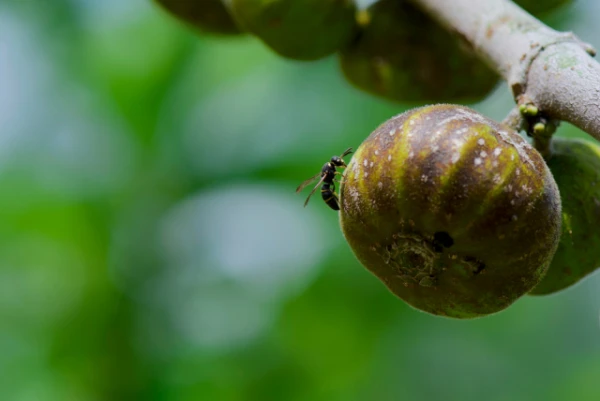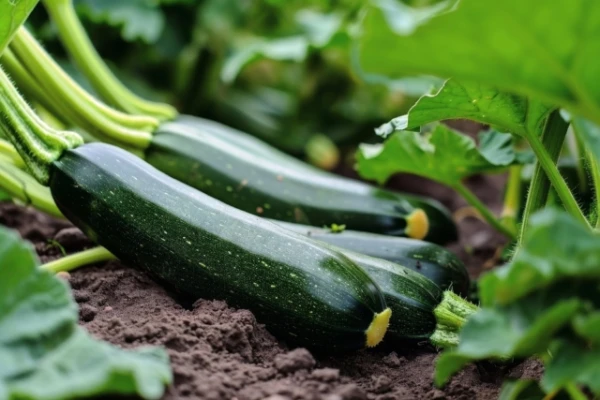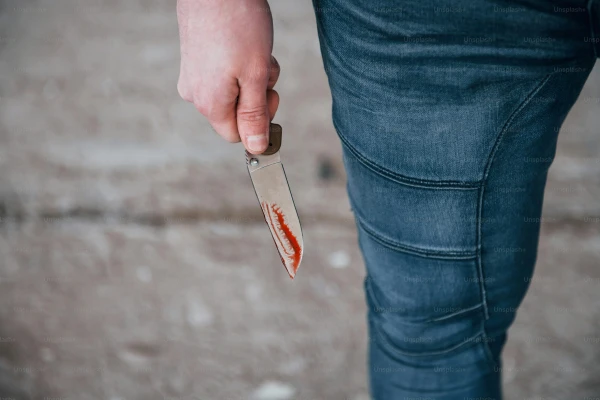
There is a belief that figs are literally filled with wasp larvae. How true is this?
In fact, the small insects in question are fig wasps, which are vital to the fig itself. They serve as the sole pollinators of the plant, while the fig, in turn, provides them with food and a place to reproduce. This is a classic example of mutualistic relationships in nature: without fig wasps, there would be no figs, and vice versa, reports Howstuffworks.
How do wasps get inside figs?
To understand how figs and wasps are connected, one must look into their life cycles. What we call the fig fruit is actually an inverted flower cluster known as a syconium, with flowers located inside. The female fig wasp must navigate through a narrow passage — the ostiole — into the syconium to lay her eggs. The path is so tight that the wasp loses her wings and antennae, becoming trapped with no way to escape.
Depending on which fig she enters, the wasp's fate varies:
- If the wasp enters a caprifig (male fig), she successfully lays her eggs. After hatching, the offspring burrow tunnels outward, and young females carry pollen to other trees.
- If the female ends up in an edible fig (female plant), she is unable to lay her eggs — the structure of the flowers prevents this. The wasp dies inside, but manages to transfer pollen.
Are there wasps inside the figs we eat?
Yes, there is indeed a dead wasp in edible figs. However, thanks to the enzyme ficin found in figs, the wasp's body is completely broken down and converted into proteins. Thus, the fruit literally "digests" the insect. The crunchy particles you feel when eating are seeds, not insect remnants.
Although the idea that there might be a dead wasp inside a fig may seem unpleasant, in practice, it is an important part of the complex interdependence between plants and insects. Without these tiny pollinators, there would be neither figs nor many ecosystems for which figs are a key food source.















Leave a comment